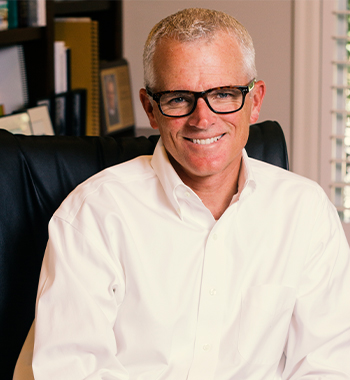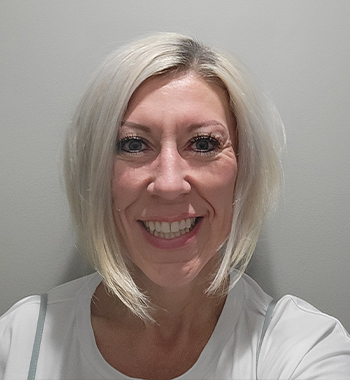Our vision is to deliver quality, sustainable physical medicine and rehabilitation education, training, and care for the people of Haiti.
Healing Hands for Haiti supports and encourages the Haitian people by providing quality physical rehabilitation services in a spirit of self-determination, independence, and human dignity. We are focused on empowering Haitians with disabilities.
Healing Hands for Haiti is a not-for-profit, non-governmental institution with no religious or political affiliation which fosters and respects diversity within our organization.
We will create opportunities for rehabilitation professionals and other volunteers who are willing to freely donate time and resources to our activities in North America and Haiti.
Healing Hands For Haiti is committed to conducting all of its affairs, both domestically and internationally, according to the highest moral and ethical standards.
2020 Forward
2019
2018
2016
2015
2012
2010
2009
2008
2006
2005
2004
2003
2002
2001
2000
1999
1998
First rehabilitation team travels to Haiti, and 300 patients are evaluated and treated.

Ex Officio Member

Founder & Board Member
Treasurer of the Board
Board Member/ Assistant Secretary

Board Member
President
Board Member

Treasurer in the United States
Member
HACCOF Founder
Member

Secretary
All Rights Reserved. Healing Hands for Haiti. Site Credit.